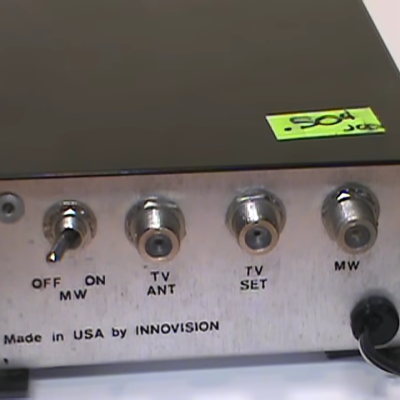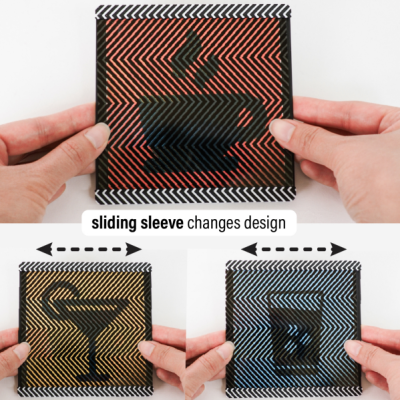[VWestlife] ended up with an obscure piece of 80s satellite TV technology, shown above. The Micro-Scan is a fairly plan metal box with a single “Tune” knob on the front. At the back is a power switch and connectors for TV Antenna, TV Set, and “MW” (probably meaning microwave). There’s no other data. What was this, and what was it for?
 Satellite TV worked by having a dish receive microwave signals, but televisions could not use those signals directly. A downconverter was needed to turn the signal into something an indoor receiver box (to which the television was attached) could use, allowing the user to select a channel to feed into the TV.
Satellite TV worked by having a dish receive microwave signals, but televisions could not use those signals directly. A downconverter was needed to turn the signal into something an indoor receiver box (to which the television was attached) could use, allowing the user to select a channel to feed into the TV.
At first, [VWestlife] suspected the Micro-Scan was a form of simple downconverter, but that turned out to not be the case. Testing showed that the box didn’t modify signals at all. Opening it up revealed the Micro-Scan acts as a combination switchbox and variable power supply, sending a regulated 12-16 V (depending on knob position) out the “MW” connector.
So what is it for, and what does that “Tune” knob do? When powered off, the Micro-Scan connected the TV (plugged into the “TV Set” connector) to its normal external antenna (connected to “TV Antenna”) and the TV worked like a normal television. When powered on, the TV would instead be connected to the “MW” connector, probably to a remote downconverter. In addition, the Micro-Scan supplied a voltage (the 12-16 V) on that connector, which was probably a control voltage responsible for tuning the downconverter. The resulting signal was passed unmodified to the TV.
It can be a challenge to investigate vintage equipment modern TV no longer needs, especially hardware that doesn’t fit the usual way things were done, and lacks documentation. If you’d like to see a walkthrough and some hands-on with the Micro-Scan, check out the video (embedded bel0w).
Continue reading “Reverse-Engineering Mystery TV Equipment: The Micro-Scan” →




















